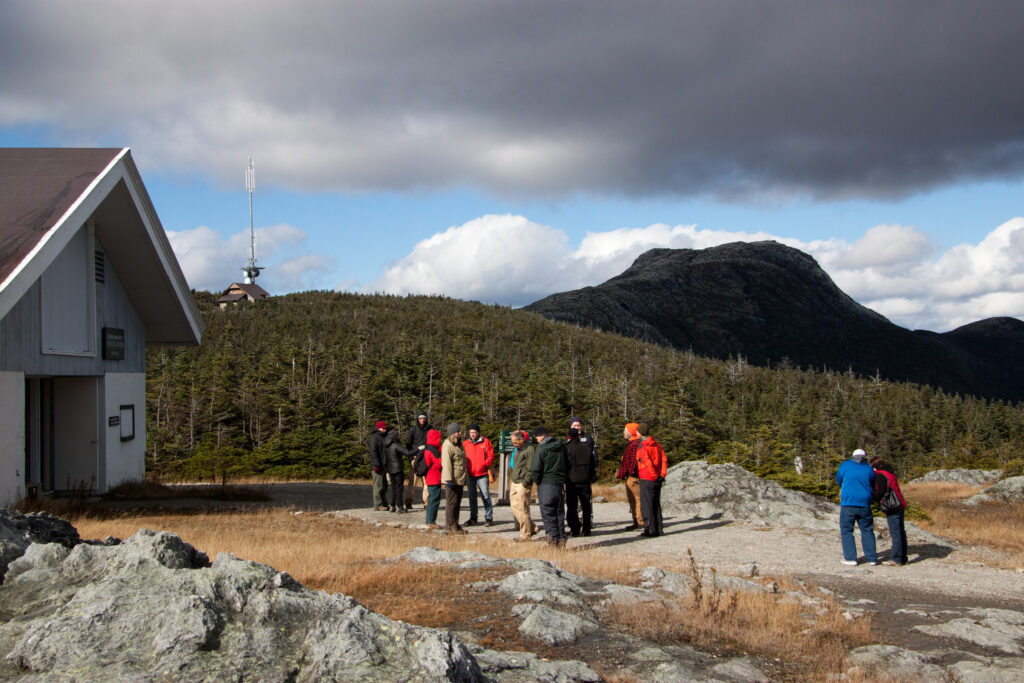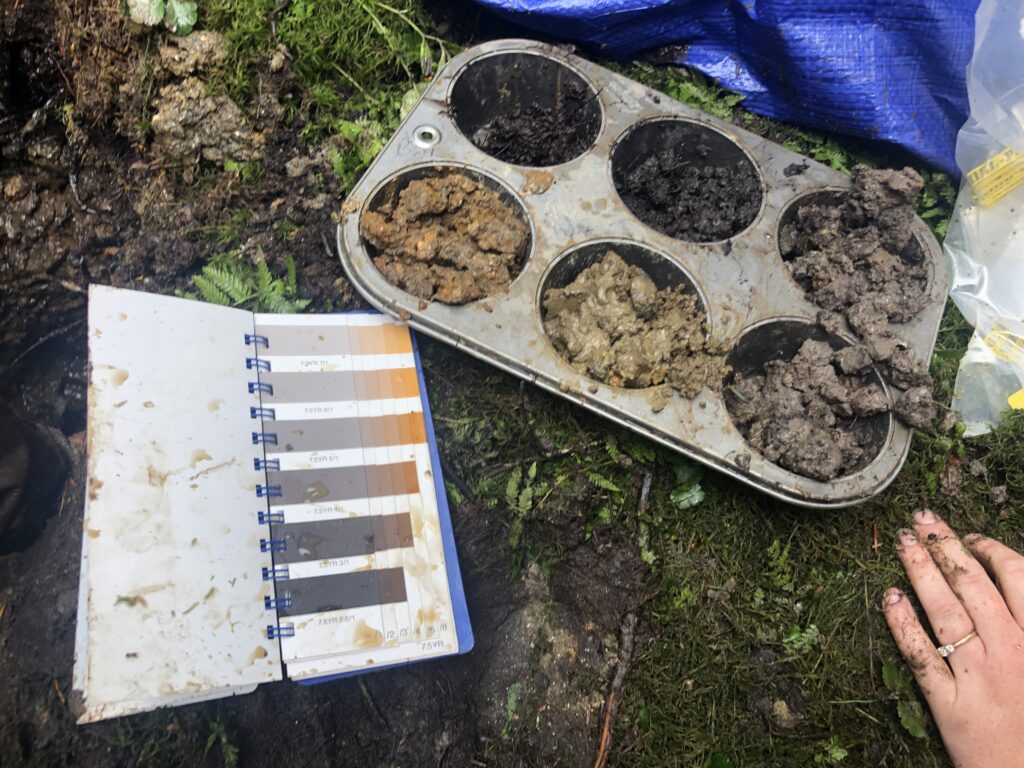Viable Sustainability:
The Mount Mansfield Science and Stewardship Center
The Mount Mansfield Science and Stewardship Center’s mission is to catalyze collaborative science and stewardship for healthy mountains, watersheds, and communities. The foundation for this work consists of: a long-term scientific record that spans air, forest, soil, water, and wildlife; a tradition of information sharing and networking; and a commitment to science-based natural resource policy and management.
The center proposes to renovate an abandoned telecommunications building near the summit to create a new biological field station on Vermont’s highest peak. The renovated building will create a hub for existing research and monitoring on the mountain, will connect UVM’s research to global research programs, and will provide unique learning experiences and research opportunities for UVM students.

Mount Mansfield is an ideal location for UVM to develop a biological field station. The university purchased 400 acres of the top of the mountain in 1859 to advance its scientific and educational mission. For decades, the university has been involved in long-term monitoring of the mountain through the Forest Ecosystem Monitoring Cooperative. The Cooperative conducts, supports, and maintains long-term monitoring on Mount Mansfield with datasets available for use by researchers, students, and others interested in forest ecosystem structure, health, and function. In addition, University of Vermont faculty members are actively involved in ongoing research on the mountain.
The Mount Mansfield Science and Stewardship Center is an amazing opportunity to develop place-based learning opportunities and interdisciplinary research that will lead to an enhanced understanding and stewardship of our natural world.
Assistant Director Joshua Benes Talks about the importance of Mountain Science and the proposed center
UVM Foundation Leadership Speaker Series
A Granular Look at Mount Mansfield Science and Stewardship Center Research:
Dr. Shelly Rayback partners with the US Forest Service to study growth trends of tree species along different elevational gradients on the mountain and uses tree rings from conifers to reconstruct a historical climate record.

Dr. Bill Keeton manages the Vermont Forest Ecosystem Management Demonstration Project Site, where he works to better understand how different forest management practices affect ecosystem health and carbon absorption by trees.
Dr. Beverley Wemple has been collaborating with the US Geological Survey to conduct a paired-catchment mountain hydrology study that has now been going on for over twenty years.
Just recently, Dr. Arne Bomblies and Dr. Beverley Wemple received a new multimillion-dollar grant to study snowpack dynamics from the shores of Lake Champlain, up to Mount Mansfield, and across into the Northeast Kingdom of Vermont.
Overall, the University has been and will continue to use the mountain as a living laboratory. The center will support all these different research projects in a variety of ways and will catalyze new interdisciplinary projects.
State and Regional Collaboration:
The center will allow for enhanced collaboration with nonprofit, state, and federal partners.
The Green Mountain Club will use the exhibit in the building to share information about mountain stewardship. The Vermont Center for Ecostudies will use the building as a foundation for their long-term research on birds on the mountain. The Vermont Department of Forests, Parks, and Recreation, the National Weather Service, and the USDA Natural Resources Conservation Service all play a role in active forest, weather, soil, and phenology monitoring on the mountain.
This center will allow UVM to better fulfill its land grant mission by collaborating with federal and state partners, businesses, communities, and nonprofits, to gather knowledge and share information so our society can become a better steward of our world.
Current Funding
Senator Leahy was instrumental in procuring $3 million toward the project through the Great Lakes Fishery Commission. The University is incredibly appreciative of the Senator’s support of this project. Additional funds will need to be raised when the cost of the building’s renovation and the Center’s research and outreach support scope are fully identified.

